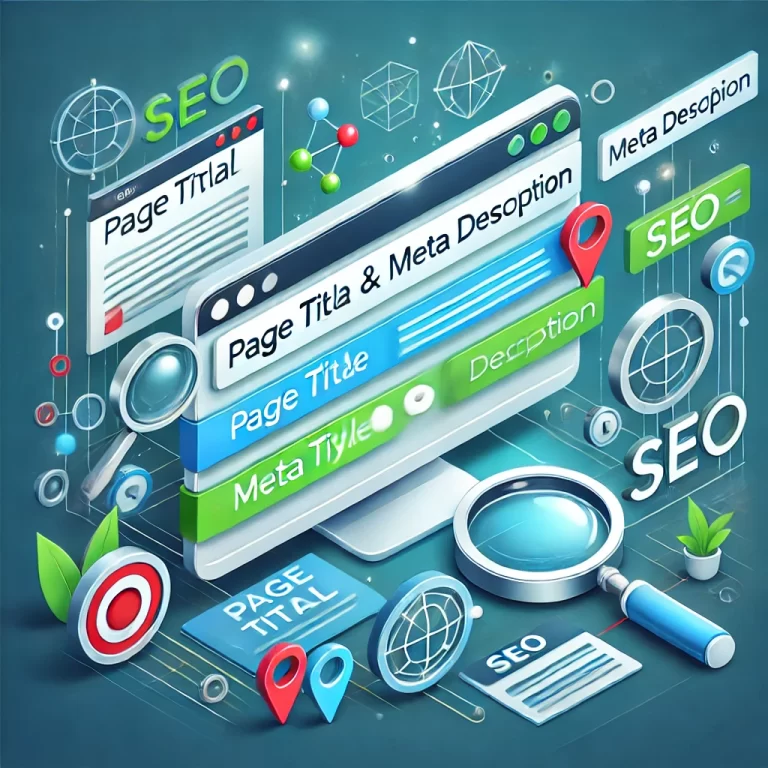Understanding Google's Helpful Content Update: A Deep Dive

The Google Helpful Content Update is one of Google’s most significant algorithm changes aimed at refining search results by prioritizing content that is genuinely useful and user-centric. Launched in 2022 and continuously updated, this change represents Google’s commitment to improving user experience and combating the growing prevalence of low-quality, SEO-first content. For website owners, content creators, and marketers, understanding the principles and implications of this update is critical to maintaining or improving search engine rankings.
What Is the Helpful Content Update?
Google designed the Helpful Content Update to reward content that provides real value to readers. It targets websites with excessive amounts of unhelpful, automated, or poorly written content designed solely to manipulate search engine rankings. The update places a strong emphasis on creating “people-first” content, which aligns with user intent and satisfies their queries effectively.
In contrast, websites with content primarily written for search engines, often filled with irrelevant keywords or superficial information, may see a decline in rankings. This update applies globally and affects all languages, ensuring a universal standard of quality across the web.
Key Objectives of the Update
- Prioritizing User-Centric Content
The primary goal is to elevate content that genuinely helps users achieve their objectives, whether it’s learning, solving a problem, or making a decision. - Discouraging Low-Quality Content
Google aims to demote pages that fail to meet user expectations or that appear to exist solely for SEO purposes without offering substantial value. - Enhancing Search Relevance
By filtering out unhelpful pages, Google ensures that search results better match the intent behind user queries, improving overall satisfaction.
Defining “Google Helpful Content”
To align with Google’s expectations, content must be:
- Relevant: Directly addressing the user’s query or needs.
- Original: Providing unique insights, perspectives, or data not available elsewhere.
- Informative: Offering depth and detail, with actionable takeaways.
- Engaging: Written in a manner that captures and retains the reader’s interest.
For example, a travel blog discussing the “Top 10 Things to Do in Paris” should include practical tips, firsthand experiences, and unique perspectives rather than generic information copied from other sources.
Impact of the Update on Websites
The Helpful Content Update has led to significant shifts in the digital landscape, impacting various types of content creators and industries.
- Websites Affected
Websites with large volumes of AI-generated or low-quality content, particularly those relying on outdated SEO tactics, have experienced ranking declines. Industries like affiliate marketing, e-commerce, and tech have been especially affected, as these often feature content optimized for search engines rather than user needs. - Improved Visibility for Quality Content
High-quality websites that consistently prioritize user needs, such as detailed how-to guides, in-depth reviews, and original research, have benefited from this update. These pages are now more likely to rank higher in search results.
Key Practices to Align with the Update
To thrive under the Helpful Content Update, content creators and marketers must adopt a people-first approach. Here’s how:
- Understand Your Audience
- To determine the needs, preferences, and pain points of your audience, conduct in-depth research on them.
- Use tools like Google Analytics and Search Console to analyze user behavior and refine content accordingly.
- Address User Intent
- Ensure your content aligns with the search intent behind targeted keywords. For example, users searching “how to bake a cake” expect a detailed recipe, not a general discussion about cakes.
- Provide Comprehensive Information
- Go beyond superficial answers by covering topics in depth. Include FAQs, step-by-step guides, and additional resources to make your content a one-stop solution.
- Avoid Over-Optimization
- Refrain from keyword stuffing, unnecessary repetition, or unnatural phrasing designed to manipulate search rankings.
- Focus on readability and natural language instead.
- Prioritize Originality and Expertise
- Publish unique content based on personal experiences, industry knowledge, or proprietary research.
- Highlight your expertise through author bios, credentials, and references to credible sources.
- Improve Content Engagement
- Use clear headings, bullet points, images, and videos to make content visually appealing and easy to navigate.
- Encourage interaction through comments, polls, or social media shares.
- Update and Maintain Content
- Regularly review older content to ensure it remains accurate, relevant, and up-to-date.
- Refresh outdated statistics, broken links, or obsolete practices.
Common Mistakes to Avoid
To avoid penalties from the Helpful Content Update, steer clear of the following:
- Relying on AI-Generated Content Without Oversight
Automated tools can produce quick content, but without human oversight, the output often lacks depth, originality, and user focus. - Creating Clickbait
Titles and meta descriptions designed to lure clicks without delivering on the promise will harm your credibility and rankings. - Publishing Irrelevant Content
Producing content unrelated to your website’s core niche can confuse users and reduce your site’s overall authority. - Neglecting User Experience
Poor formatting, excessive ads, slow load times, and unresponsive designs can frustrate users and lead to higher bounce rates.
Real-World Example: Before and After the Update
Consider a hypothetical travel website that ranked highly for “Best Hotels in Bali.” Before the update, the page included a generic list of hotels with minimal descriptions and no personal insights.
After the Helpful Content Update:
- Rankings dropped because the content lacked depth and originality.
- Competitors offering detailed reviews, personal experiences, and useful tips (e.g., pricing, nearby attractions) gained higher visibility.
This demonstrates how Google rewards content that offers real value and penalizes those prioritizing SEO over substance.
Tools to Enhance Helpful Content
- Google Trends
Identify trending topics and align your content with current user interests. - AnswerThePublic
Explore common questions related to your niche to address user intent effectively. - SEMrush/Ahrefs
Analyze keyword performance and identify gaps in existing content. - Grammarly/Hemingway App
Ensure your content is clear, concise, and free of grammatical errors.
The Future of SEO with the Google Helpful Content Update
The Google Helpful Content Update underscores a broader shift in SEO: from technical optimization to genuine value creation. As search engines become smarter, they increasingly mimic human judgment, prioritizing content that is genuinely beneficial to users.
This evolution means that SEO professionals must adopt a more holistic approach, combining traditional optimization techniques with a deep understanding of audience needs. Businesses that embrace these changes and invest in high-quality content will be well-positioned for long-term success.
Conclusion
The Helpful Content Update is a wake-up call for the digital world to prioritize authenticity, relevance, and user satisfaction. By focusing on creating people-first content, you not only comply with Google’s guidelines but also build trust and loyalty among your audience. In an era of increasing competition for online attention, this update reminds us that truly helpful content will always stand out.
Adapting to this change requires effort and dedication, but the rewards—better rankings, engaged readers, and lasting credibility—are well worth it.


